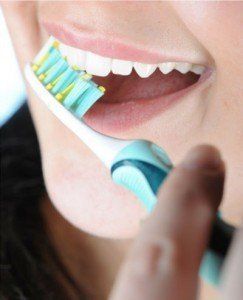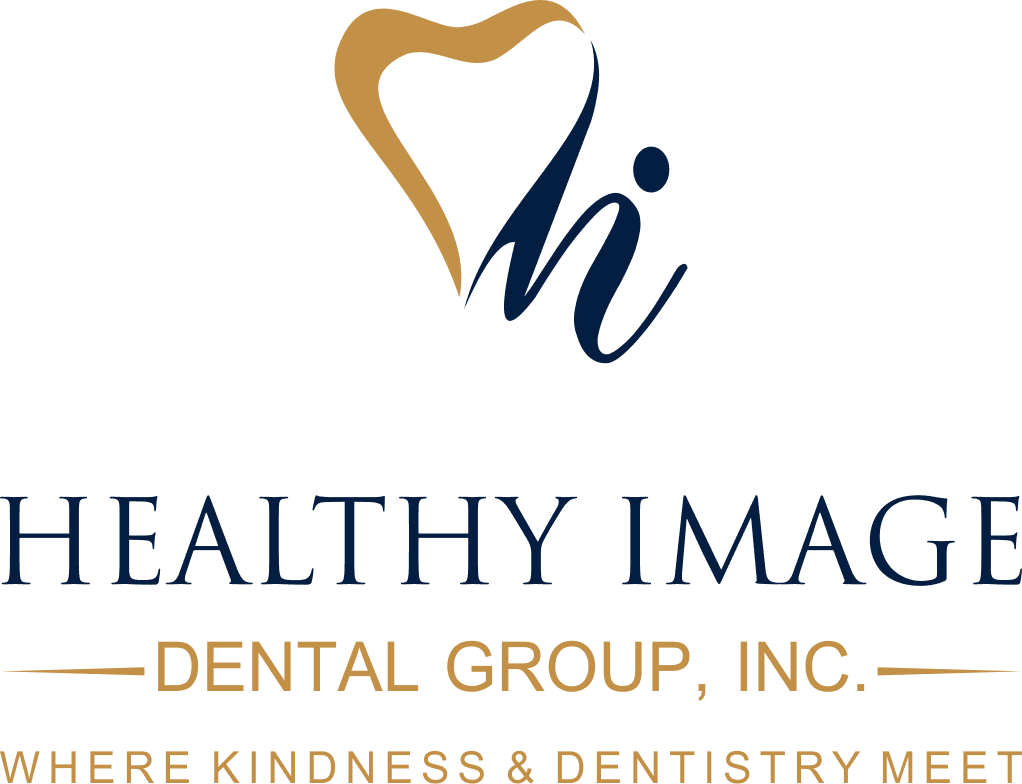How to Brush Your Teeth Properly
- By Dr. Sindy F
- •
- 31 Dec, 2017

Although
everyone learns to brush their teeth in childhood, not everyone uses the correct
techniques. Some people never learned the latest brushing best practices. Some
learned decades ago and have forgotten over the years. Many are constantly
rushed, and have gradually started to cut corners in an effort to find more
time in the day.
How to brush teeth properly
Type of Toothbrush and Toothpaste
Select an ADA (American Dental Association) approved fluoride toothpaste. Some people prefer a formulation designed for a specific need, such as sensitive teeth or whitening properties. Unless your dentist recommends a particular toothpaste, however, feel free to choose any approved formulation.
Replace your toothbrush every three months, or sooner if it begins to look worn. Frayed bristles do not do a good job of thoroughly cleaning teeth.
Toothbrush Angle and Movement
Hold the toothbrush at a 45-degree angle to the faces of your teeth. Using short back and forth circular strokes, thoroughly clean the front surfaces of all teeth in one quadrant of your mouth. Switch to the chewing surfaces and then the back surfaces, using the same back and forth motions. Repeat for each quadrant.
To clean the backs of your front teeth, change the angle of the brush to near vertical, and brush up and down several times. Finally, brush your tongue to remove bacteria and freshen your breath.Time Factors
Many people, even if they use good brushing techniques, do not brush for the proper length of time. You should spend 30 seconds on each quadrant, for a total of two full minutes of brushing. Brush twice per day, or more frequently if you have braces or dental problems.
It is remarkably difficult to estimate time, so consider setting an alarm. Alternately, choose an electric toothbrush that keeps time for you. Better models will beep every 30 seconds, alerting you that is time to change quadrants.
Flossing
Other Considerations
Brushing and flossing are the most influential factors in keeping your mouth clean and disease-free, but there are other steps you can take to further improve your oral hygiene. Visit the dentist for a checkup and cleaning every six months, or as directed. Eat a balanced diet. Eliminate or reduce sugary snacks, and rinse your mouth with clear water after consuming sugars.
Talk to your dentist about over the counter or prescription mouthwashes, oral irrigators, and other specialty products. Some items are simply designed to impart fragrance, while others fight bacteria and decay.
Brushing your teeth has likely been second nature for as long as you can remember, and you probably pay little attention to your daily oral hygiene routine. However, there is almost always room for improvement. To be sure that your mouth is as clean and healthy as possible, make sure you are following the simple tips above.
If you have braces, dentures, or other oral appliances, your dentist will instruct you on proper care. You might need to change your normal brushing habits a bit to accommodate the appliance, and removable appliances may need to be cleaned and cared for separately. Ask your dentist for clarification.*CLOSED FOR LUNCH
12:00 PM - 1:00 PM
916.786.6431
| HOURS OF | OPERATION |
|---|---|
| Monday | 8:00 am - 5:00 pm |
| Tuesday | 8:00 am - 5:00 pm |
| Wednesday | 8:00 am - 5:00 pm |
| Thursday | 8:00 am - 5:00 pm |
| Friday | APPOINTMENT ONLY |
| Saturday | CLOSED |
| Sunday | CLOSED |

OUR LOCATION
576 N. Sunrise Ave Suite 140 Roseville, CA 95661
Healthy Image Dental Group, Inc.
576 North Sunrise Avenue Suite 140
Roseville, CA 95661
Office (916) 786.6431
Email: healthyimagedentalgroup@gmail.com
Copyright ©2024 Healthy Image Dental Group, Inc. All Rights Reserved. Designed by Beautiful Site Designz
